ISSN ONLINE(2319-8753)PRINT(2347-6710)
ISSN ONLINE(2319-8753)PRINT(2347-6710)
Vijaymohan P1, Aravindha balaji S2
|
| Related article at Pubmed, Scholar Google |
Visit for more related articles at International Journal of Innovative Research in Science, Engineering and Technology
The prime purpose is to reduce the lead time of windmill control panel manufacturing by implementing lean manufacturing by the use of lean tools to achieve the takt time in electrical control panel assembly line. The ‘‘lean’’ approach has been applied more frequently in automobile assembly and machine tool building then in electrical control panel manufacturing company. The lean system was developed with reduced non value added activities so that greatly reduces the seven Mudas. People work with a greater confidence, with greater ease, and with greater peace than the typical manufacturing facility. Value stream mapping and line balancing was the main tool used to identify the opportunities for various lean techniques. We described a simulation model that was developed to contrast the ‘‘current’’ and ‘‘Future’’ scenarios in detail, in order to illustrate the potential benefits such as reduced production lead-time and lower work-in-process inventory. Work instructions is displayed in all the assembly stations also improved the performance of the line workers.
Keywords |
| Line balance, Takt time, Line efficiency, Work instructions |
INTRODUCTION |
| Lean manufacturing is one of the initiatives that many major business units in the world have been trying to adopt in order to remain competitive in globalization market. Lean manufacturing is based on the Toyota Production System consists of comprehensive set of techniques that, when combined and matured, will allow to reduce and then eliminate the seven wastes. This will make the system Leaner, but subsequently more flexible and more responsive by reducing waste. “Lean is the set of ‘tools’ that assist in the identification and steady elimination of waste (MUDA), the improvement of quality, and production time and cost reduction. The Japanese terms from Toyota are quite strongly represented in ‘Lean.’ To solve the problem of waste, Lean Manufacturing has several ‘tools’ at taking a very similar approach to other improvement methodologies.”In this work to solve the Assembly Line Balancing Problem (ALBP) with different labour skill level and workload smoothing in the workstations of panel assembly lines in Electrical industry. |
PROCESS DESCRIPTION |
| In Electrical control panel manufacturing all the raw materials are collected from stores. From the stores material was send to production section for the order quantity. The electrical panel mainly consists of two types of work category. One is mechanical related work activities and electrical related work activities. |
| STEP:1 Initially from the enclosure the Control Side mounting plate was removed for control side wiring. Then the plates was drilled as per the drilling drawing and the Din rail and Cable duct was fixed by using screws and rivets respectively. Din rail was used to fix the electrical components and cable duct was used to arrange the cables in line. The plates were cleaned by using solvents to remove impurities. Then the Component identification labels are sticker on the mounting plate. |
| STEP: 2 Then components are mounted as per General Arrangement (GA) drawing. After the electrical component mounting, identification sticker was fixed on the component. |
| STEP: 3 Next steps after component assembly the wiring between the components was done as per the Wiring Schedule (WS).Wiring Schedule is the reference document for the component wiring. |
| The same process is repeated for the power side also, the plates were cleaned. Two plates are inserted in to the enclosures and mechanical assembly was done and in between wiring was done. |
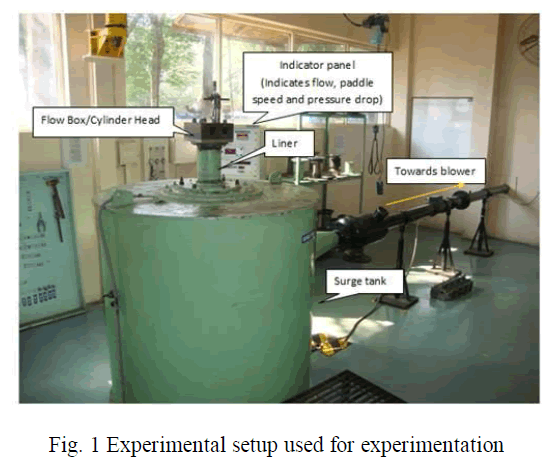 |
| PROBLLEM DEFINITION |
| This work deal with improve traditional electrical assembly line into balanced assembly lineto achieve the takt time by lean implementation. The XYZ Co. is a leading manufacturer of ‘Control Panels” exclusively for wind turbines. The company manufacturers control panel of different varieties. The end product (Control Panel) is and assembled one with number of electrical components. In an electrical panel manufacturing industry in global market tries the best to finish the assembly work soon to increase on-time delivery and to increase machine/labour utilization to reduce the production cost. The design changes in the panel design according to the countries, so that assembly line balancing is therefore a critical issue for the efficiency and competitiveness. ALBP in electrical panel assembly assigns different tasks to an ordered set of work stations and ensures that precedence constraints are satisfied while the given performance measure is optimized.Fig.1. shows the precedence relationship of an electrical panel assembly line. The processing time each task is determined by time study. Each workstation has involved either mechanical work or electrical work each work time was found out. |
| The main objective is to |
| 1) Re-balance and optimize the line of electrical panel assembly. |
| 2)Timings capture of the current process steps and record them in a Line Balance stack chart (in this instance, process steps were defined as either Mechanical or Electrical tasks). |
| 3)Draw the current state VSM |
| 4)Break down work elements and identify as valueadding and non-value adding. |
| 5)Elimination of the non-value actions. |
| 6)Balance the stack chart by moving some of the more basic tasks from one operator to the other. |
| 7)Break the chart in to defined stages that can easily be taught and followed. |
| 8)Train the operators in the new process, measure several runs to check if balanced and make any final adjustments to ensure process is repeatable and sustainable. |
| 9)Employee and Line Management training on principals of Line Balance & Standard Work. |
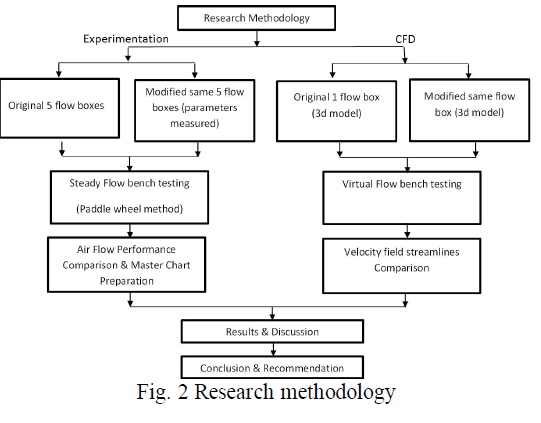 |
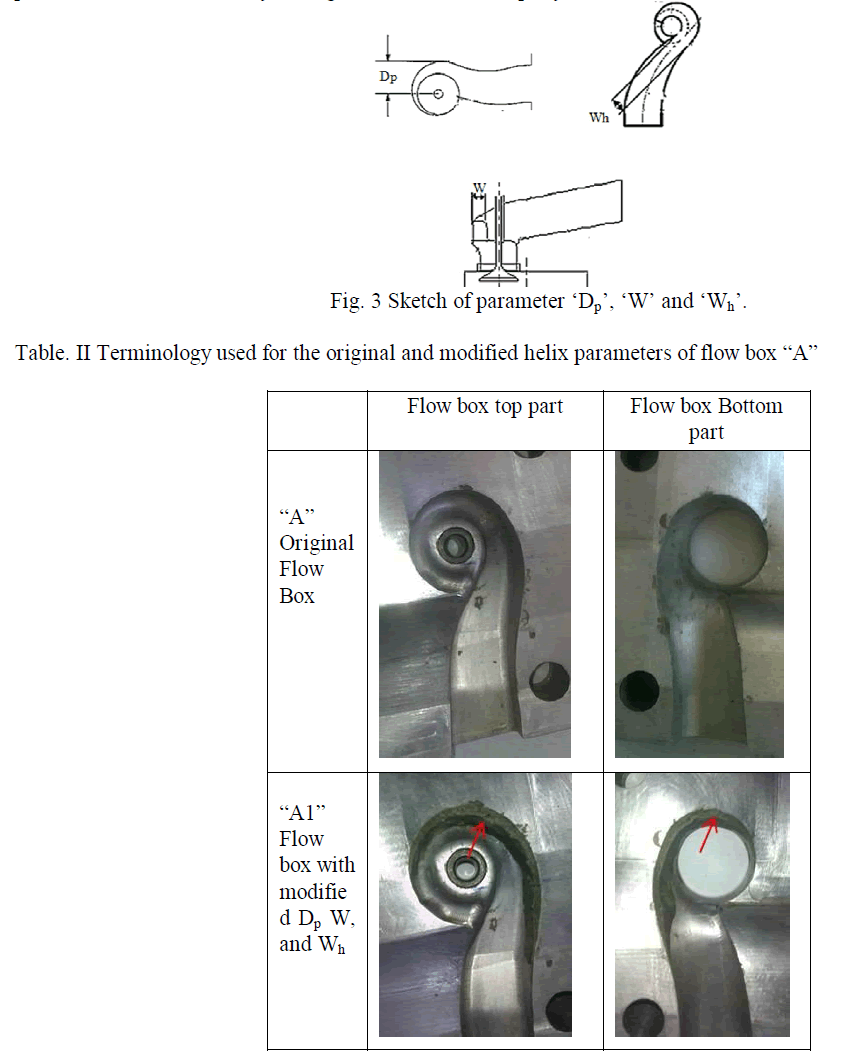 |
| By applying 5S principles working environment improvements such as fast retrieval of items, improved worker involvement, better housekeep ping, waste reductions, safer storage of materials and better safety standards can be achieved. |
| By applying work balancing to the processes, bottleneck processes can be eliminated and takt time of the product can be achieved. |
| Then the non value added (NVA) activity present in the process are identified and eliminate by implemented with suitable lean principles to make the same process to have increased value. |
IMPLEMENTTAION |
| SELECTION OF SECTION |
| It is clear from the current state value stream map that some processes have cycle time greater than the takt time. So the industry is not able to meet its daily demands. So work balancing is done to bring the cycle time of such processes under the takt time. The cycle time for various processes in control panel assembly is shown in the table.1. |
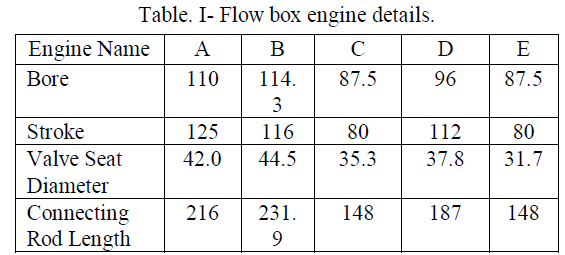 |
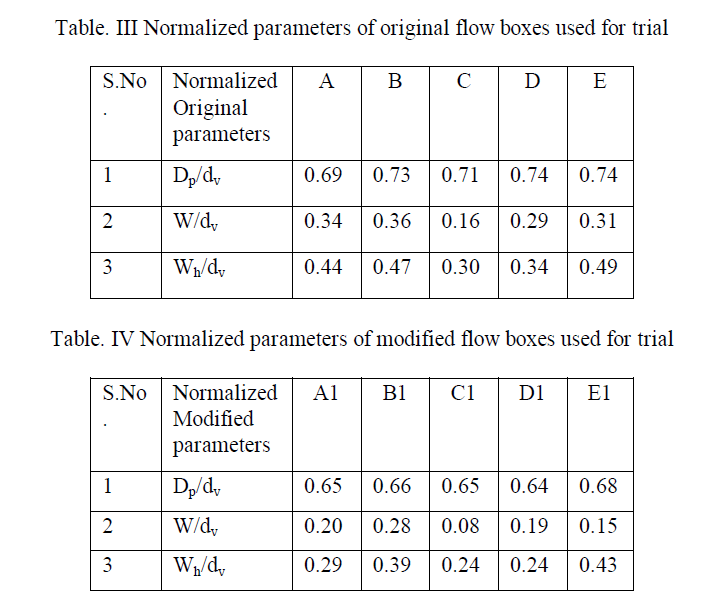 |
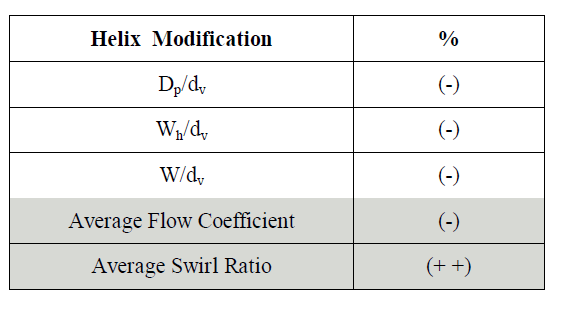 |
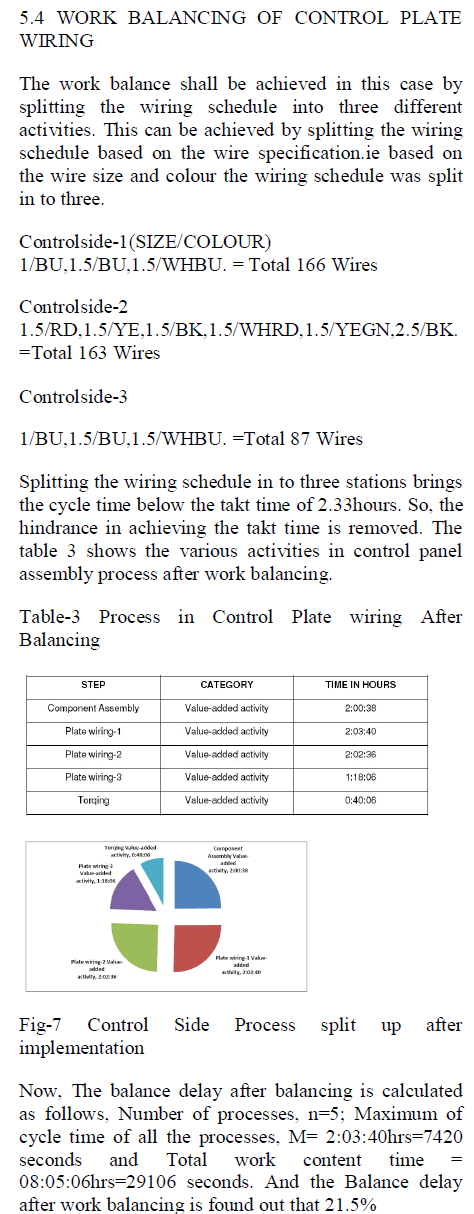 |
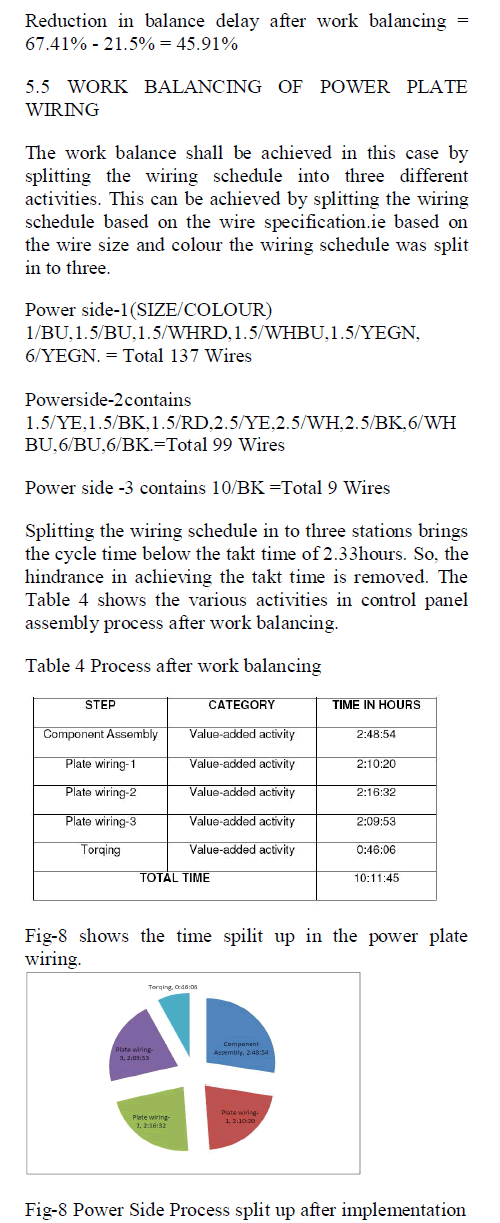 |
| The balance delay after balancing is calculated as follows; Number of processes, n=5;Maximum of cycle time of all the processes, M= 10134 seconds and total work content time = 36705 seconds. And the balance delay after work balancing is found out that 27.56% |
| Reduction in balance delay after work balancing = 57.19% - 27.56% = 29.63% |
| FUTURE STATE VALUE STREAM MAP |
| The future state value stream map is drawn after implementing the lean tools as discussed. The results obtained from this map shows reduction in non-value added activities. Fig.9 shows the future state value stream map for full assembly line, motor assembly line and rotor assembly line respectively. |
| The future value stream map has as its main aim, the identification of improvements to the value stream that will lead to a shorter ‘lead’ time. In lean thinking this is the time taken from the raw materials being brought into the business, until the time they leave the facility destined for the customer. |
| Key to the development of a future value stream map are the following sections, thus enabling an efficient and effective map is created: |
 |
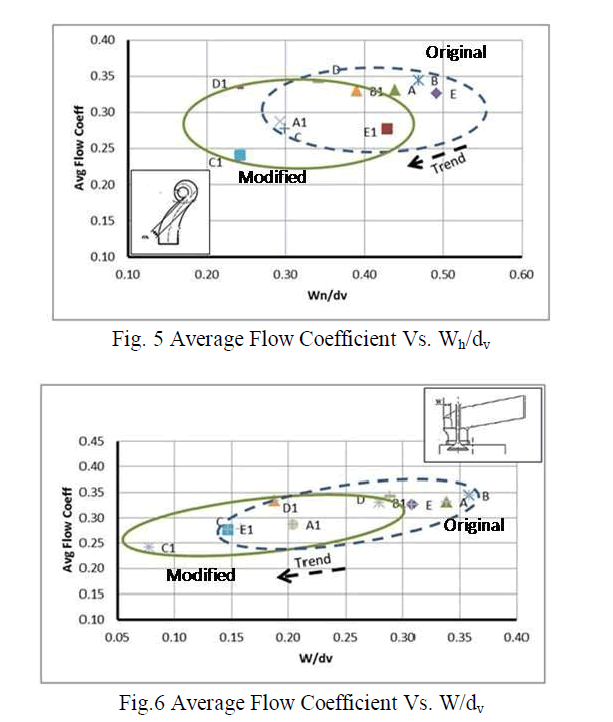 |
| STANDARDIZE WORK PRACTICE` |
| Standard work instructions are used to maintain and improve productivity, quality and safety. They provide a documented process sequence to perform work with the most efficient method in the designated takt (cycle) time. Used as part of lean and kaizen initiatives they can highlight opportunities to make improvements in working procedures to reduce non value adding work content. |
| WORKING |
| As improvements are implemented it is critical that standard work instructions are promptly updated to reflect the changes – doing this manually is a major challenge for those tasked with keeping working instructions up to date. |
| Standardized Work Instructions are an important part of Deming and lean manufacturing management systems. Processes are need to be standardized and continually improved (kaizen). Without a documented standard process variation normally increases over time as processes drift away from the desired standard. As new ideas for improved are proposed those changes can be tested using PDCA and adopted if successful. |
| The key is not having a document that says "this is what the standard is," the key is having a document that is actually used. It is essential that the work instructions are easy to use (visible, obvious and as simple as possible) and easy to update (to avoid the common problem of the process changing and the work instructions losing touch with what is actually done). |
| 5’S IMPLEMENTATIONS |
| The following steps are used for successful 5S implementation: |
| 1. Choose a department to start with. As 5 S will use resources, you should begin somewhere where the payback time is shortest. Do it right so that you have a good example to set for the next. Duplicate. Replicate. |
| 2. Conduct 5S training workshops. In a production plant, the training involves all production personnel, maintenance, managers and staff. |
| 3. Treat seiri (sort/organization) as a ‘waste reduction’ activity. The goal is to release time for housekeeping and to make housekeeping as easy as possible.. |
| 4. Seiton is setting everything in order. Seiton focuses on arranging/fixing everything starting from the easiest and most efficient access. |
| 5. Seiso means shiny clean. Cleanliness is crucial for the acceptance of 5S. There are two goals with seiso: the first is to agree on what cleaning standard you mutually think is right. |
| 6. Seiketsu means standardized cleanup. If you fail here, all other steps are worthless. When you come to seiketsu, you will be happy if you have a good |
| 7. Shitsuke is discipline and discipline should be sustained. Discipline is what will change the future. |
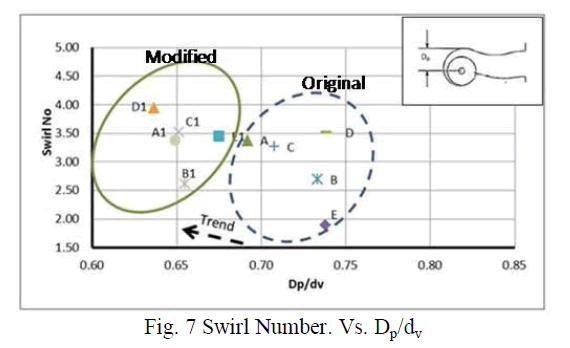 |
RESULTS AND DISCUSSIONS |
| PARAMETERS COMPARISON |
| Control plate assembly and power plate assembly was two parallel activities. In that power plate takes more time to assembly compare to control plate so that power plate time taken in to calculation, then Total lead time to manufacture a control panel after lean implementation is =25:12:09 hours. |
| The Table 6.1 and Figures 6.1 below show the results of the improvements. Visual Management tools were added to reduce complexity and improve consistency of units produced. Standard operating procedures and training were done for all operators. Point-of-use tooling and shadow boards were implemented. Some steps in each process were no longer required as former paradigms and rules. Errorproof jig to prevent defects and rework was implemented. 5S event held with key stakeholders. |
| There were gains and the success was to the point where there was so much excess capacity that all the activities could now be completed in twenty processes. |
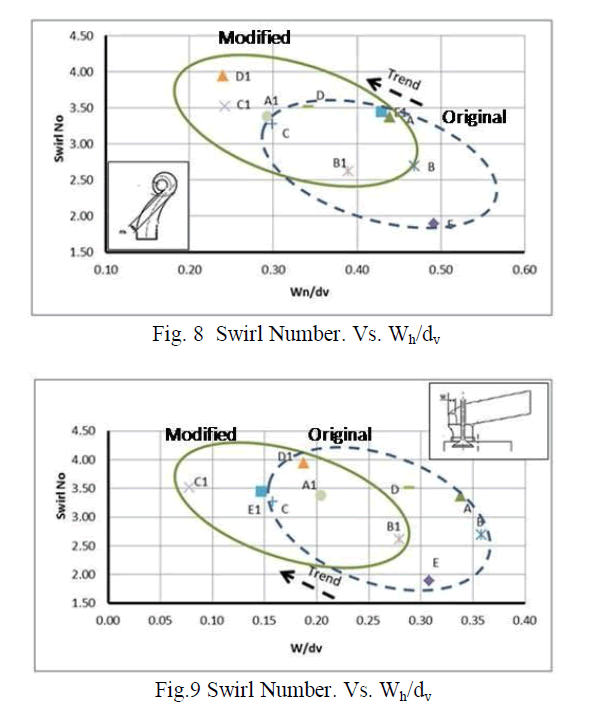 |
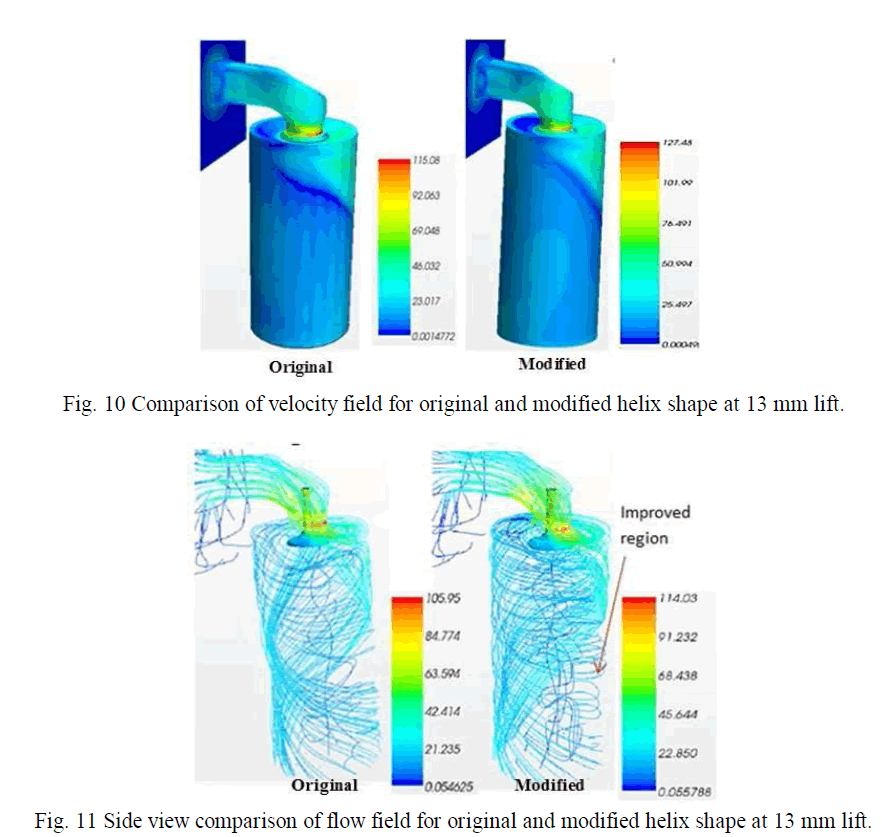 |
CONCLUSION |
| Thus minimizing the lead time of the assembly line is developed for a control panel assembly line in Electrical Industry. In consideration with labour skill and knowledge the line was balanced. Assigning more operators to workstation and training operators with multiple skills and high efficiency can result in improvement such as short cycle time and high through put time. So that operator utilization was increased. Operators are using work instructions for their work to achieve standard work practice. |
References |
|